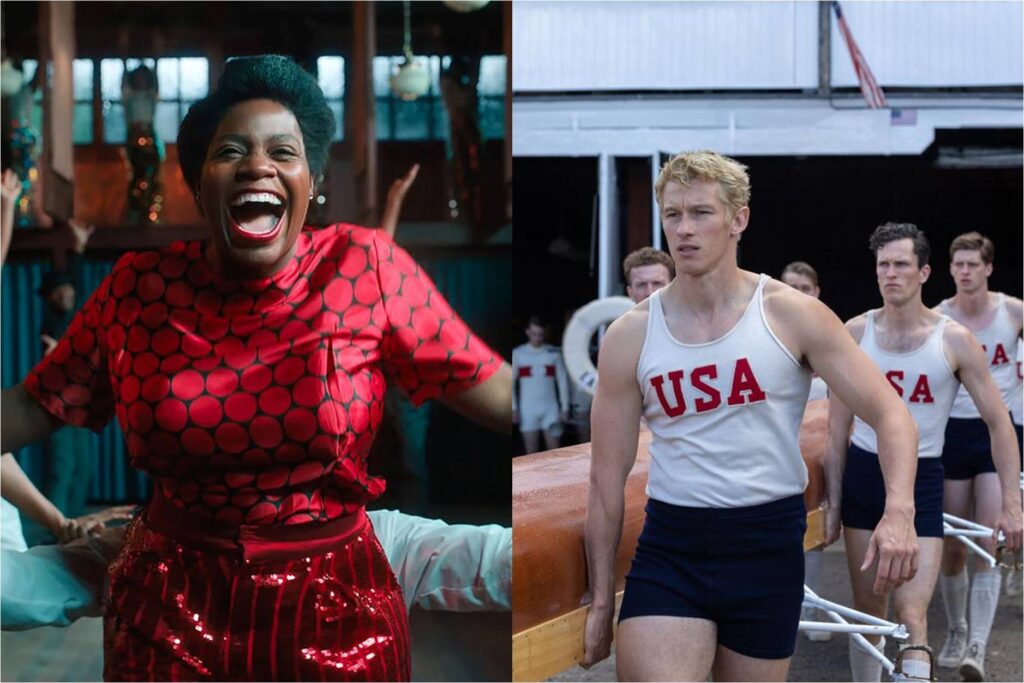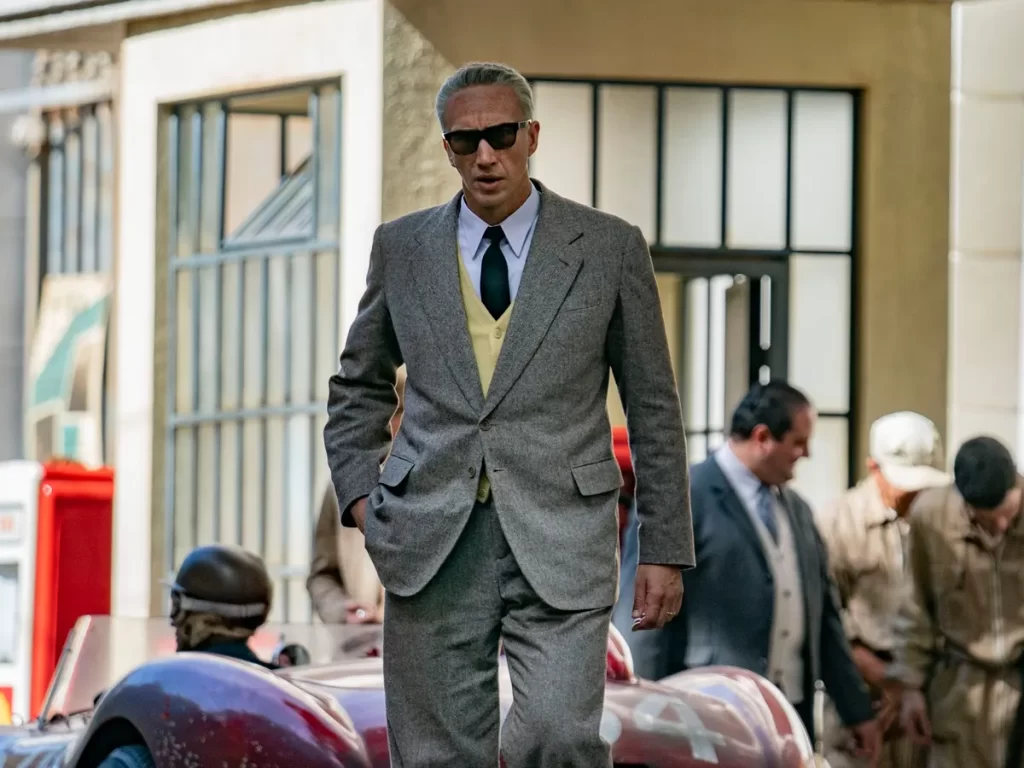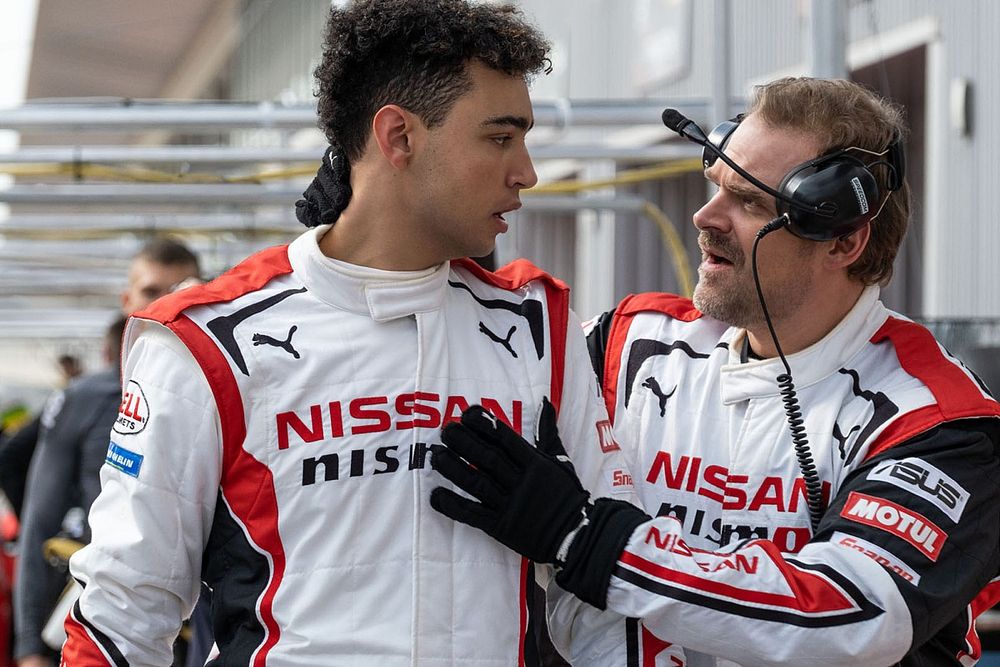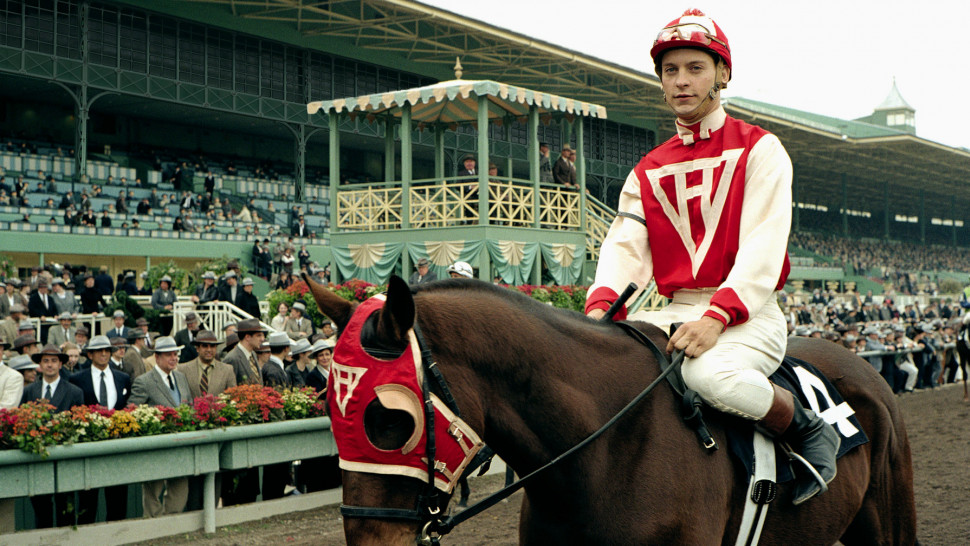Challengers: Thirst Serve
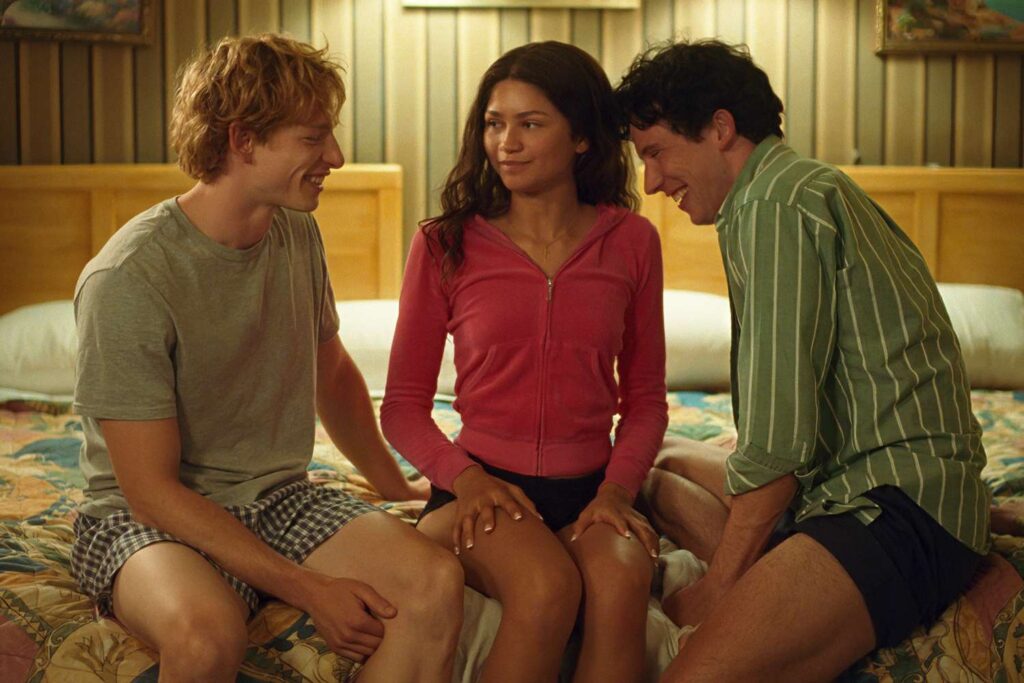
One of the first times we see Tashi Duncan (Zendaya) in Challengers, she’s clad only in black lingerie, the camera observing her backside in a manner somewhere between appreciative and exploitative. Empirically, it’s the most skin we see in the movie, yet from the characters’ point of view, it doesn’t represent Tashi at her most alluring. That comes later (really earlier, in the film’s chronology), when two admirers are watching her play tennis at the junior U.S. Open. As she trades ground strokes with an overmatched opponent, they gawk at her combination of power and grace. “Look at that fucking backhand,” one of them whispers, in an awed tone that suggests a repressed teenager who just caught a glimpse of Pamela Anderson in Playboy.
It seems diminishing to characterize Challengers, the riveting and ravishing new picture from Luca Guadagnino, as a sports movie. Sure, it follows the entwined lives of three gifted tennis players, but it’s more about their emotional cravings than their physical exploits. Yet it doesn’t treat tennis as mere window dressing. Instead, it captures the ineffable appeal of sports—the cathartic thrill of competition, the rigor of perfecting one’s craft, the blurry line between passion and professionalism—and binds it to the characters’ omnipresent hunger and vulnerability. There are all sorts of games being played here, and some have nothing to do with rackets. Read More

